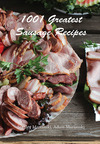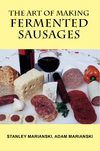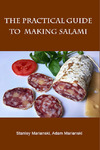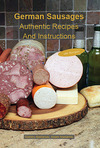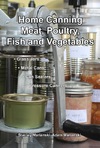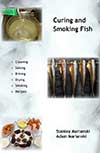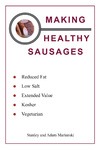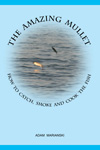Meats and Sausages
Chosco or Choscu
Chosco is a large diameter sausage very popular in Asturías. This recipe is for a fully cured version of chosco. The sausage is made from chunks of pork tongue, lean pork or pork loin and dewlap (double chin). Pimentón delivers characteristic red color. Chosco is a fully cured sausage that is ready to eat at any time, however, if the same Chosco sausage is only lightly cured it becomes Choscu and must be refrigerated, and of course cooked before serving. In other words, both sausages include the same ingredients, but due to different drying times, they carry different names. It would be simpler use just one name and add semi-dry or dry at the end. Fully cured (dried) chosco can be consumed raw or added to other dishes, but partially dried choscu must be cooked, usually in water, before serving. The sausage is usually served with cut boiled potatoes (cachelos) or added to the famed Spanish bean stew (fabada asturiana).
| Meats | Metric | US |
|---|---|---|
| Pork tongue | 500 g | 1.10 lb |
| Lean pork or loin | 350 g | 0.77 lb |
| Dewlap or jowls | 150 g | 0.33 lb |
Ingredients per 1000g (1 kg) of meat
| Salt | 30 g | 5 tsp |
| Cure #2 | 4.0 g | 3/4 tsp |
| Pimentón | 25 g | 4 Tbsp |
| Garlic | 7.0 g | 2 cloves |
Instructions
- Cut all meats into smaller chunks.
- Mix meats with all ingredients and hold in refrigerator for 2 days.
- Stuff firmly into pork blind cap (caecum), 60-70 mm pork middles, or 70-90 mm pork bungs.
- Dry at 15-12° C (59-53° F), 75-80% humidity in a dark, well ventilated rom for 2-3 months. Sausage is done when it loses 30% of its original weight.
- Store sausages at 10-12º C (50-53º F), <75% humidity or refrigerate.



